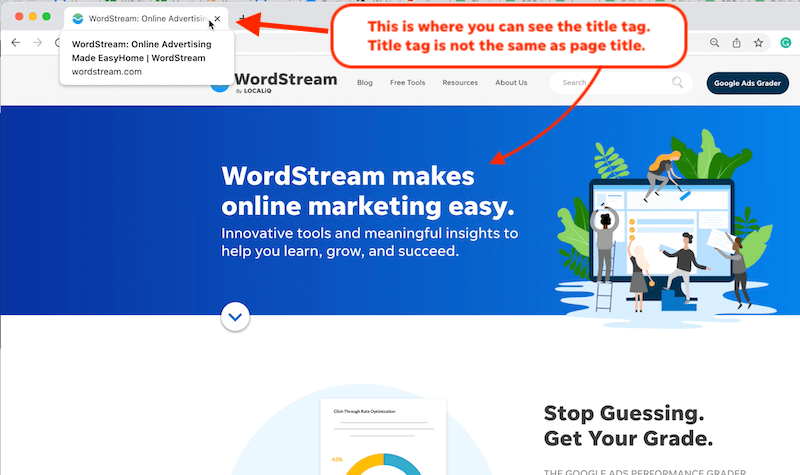Revealing the Unconventional Mediums in Google Analytics Beyond Default Setups
In the world of digital analytics, Google Analytics stands as a foundation for services seeking to understand their on-line existence. By venturing beyond the surface area and delving right into the ins and outs of social media information, e-mail project efficiency, reference web traffic sources, direct website traffic patterns, and personalized network collections, a prize trove of information waits for those ready to accept a more nuanced strategy.

Leveraging Social Media Insights
Sometimes overlooked, yet greatly important, is the technique of leveraging social media understandings within the world of Google Analytics. By integrating information from systems like Facebook, Twitter, Instagram, and LinkedIn right into Google Analytics, companies can obtain a deeper understanding of their audience and the performance of their social media campaigns.
With this integration, marketing professionals can track and analyze customer behavior on their web site that stems from social media platforms. They can determine which social media sites channels are driving the most traffic, which material is reverberating with the target market, and which projects are converting one of the most leads. This insight permits for data-driven choices to enhance social media sites strategies and improve general advertising efficiency.
Additionally, by integrating social media sites understandings with Google Analytics, organizations can create more targeted and personalized campaigns - what is not considered a default medium in google analytics. They can use market info, rate of interests, and on the internet behaviors gathered from social media to refine their audience segmentation and deliver customized messages that reverberate with details consumer teams. This targeted technique can result in greater interaction, raised conversions, and inevitably, boosted roi
Revealing Email Project Performance
Uncovering Email Campaign Efficiency involves examining essential metrics and performance indicators to evaluate the performance of e-mail advertising efforts. When delving right into email campaign performance, it is important to evaluate metrics such as open rates, click-through prices, conversion rates, and unsubscribe rates. Open up rates indicate the percent of recipients who opened the e-mail, providing understanding right into the efficiency of subject lines and sender names. Click-through prices determine the portion of receivers that clicked on web links within the e-mail, revealing interaction levels. Conversion prices track the percentage of receivers who finished a preferred action after clicking a link in the e-mail, such as signing or making an acquisition up for an e-newsletter. Lastly, unsubscribe prices highlight the number of receivers who decided out of getting more emails, clarifying e-mail content high quality and relevance. By evaluating these metrics, marketing professionals can fine-tune their email projects for better interaction and performance.
Studying Reference Traffic Sources
After examining the efficiency of e-mail projects through key metrics such as open rates and conversion rates, the following critical step is analyzing recommendation web traffic resources in Google Analytics to recognize where internet site site visitors are originating from and just how they interact with the website. Referral traffic resources describe the websites that direct users to your site through clickable links. By diving right into this information, businesses can gain insights right into which exterior systems are driving website traffic to their website, whether it be social media sites systems, partner sites, or on the internet directories.
It aids companies recognize high-performing recommendation resources that contribute dramatically to site web traffic and conversions. Google Analytics offers detailed records on referral web traffic, permitting companies to track the efficiency of each referral source properly and make data-driven decisions to improve their on-line presence.
Checking Out Straight Website Traffic Patterns
Exploring the direct traffic patterns in Google Analytics supplies useful understandings right into user behavior and the effectiveness of projects - what is not considered a default medium in google analytics. Direct traffic refers to visitors who arrive at a web site by straight keying the link right into their internet browser, making use of book marks, or clicking on untagged web links. Recognizing straight website traffic patterns can aid online marketers assess the effect of offline advertising efforts, brand recognition, and the effectiveness of word-of-mouth recommendations
By delving into direct traffic data, businesses can uncover crucial details concerning customer intent and brand name loyalty. Evaluating the behavior of straight site visitors, such as the web pages they visit, the time spent on website, and the conversion price, can give a much deeper understanding of individual engagement and the total performance of the web site in converting visitors right into consumers.
Additionally, tracking straight website traffic patterns gradually allows companies to identify fads, seasonality results, and the success of certain projects or promos in driving straight sees. This info can after that be made use of to refine marketing techniques, visit this site right here enhance internet site material, and improve the total customer experience to make the most of conversions.
Using Custom-made Network Groupings
Utilizing custom-made network groupings in Google Analytics allows businesses this page to categorize and assess their internet site web traffic based upon particular requirements, giving beneficial understandings for maximizing marketing methods. Custom network groupings allow firms to create their own customized groupings of web traffic resources, such as social networks, organic search, email projects, and referral website traffic. By defining these collections, organizations can get a deeper understanding of exactly how different advertising and marketing networks add to their internet site traffic and conversions.
This feature is especially helpful for organizations with varied advertising and marketing methods throughout different platforms. A company running both paid and organic social media projects can distinguish between the two to examine their individual efficiency accurately. Furthermore, custom network collections can assist identify any kind of ignored or ignored traffic sources that might be driving valuable engagement.
Verdict

By venturing past the surface and delving into the complexities of social media data, email project efficiency, referral traffic sources, straight web traffic patterns, and custom channel groups, a prize trove of details waits for those eager to embrace an extra nuanced strategy. They can identify which social media channels are driving the most traffic, which content is reverberating with the target market, and which campaigns are converting the most click leads.After assessing the performance of email projects through vital metrics such as open rates and conversion rates, the following important step is analyzing recommendation traffic resources in Google Analytics to understand where web site visitors are coming from and just how they communicate with the website. Customized channel groupings allow firms to produce their very own tailored groupings of website traffic sources, such as social media, natural search, e-mail campaigns, and referral web traffic. By leveraging social media understandings, revealing e-mail campaign efficiency, assessing referral website traffic resources, checking out straight web traffic patterns, and utilizing custom channel groupings, marketers can get important understandings right into their online existence.